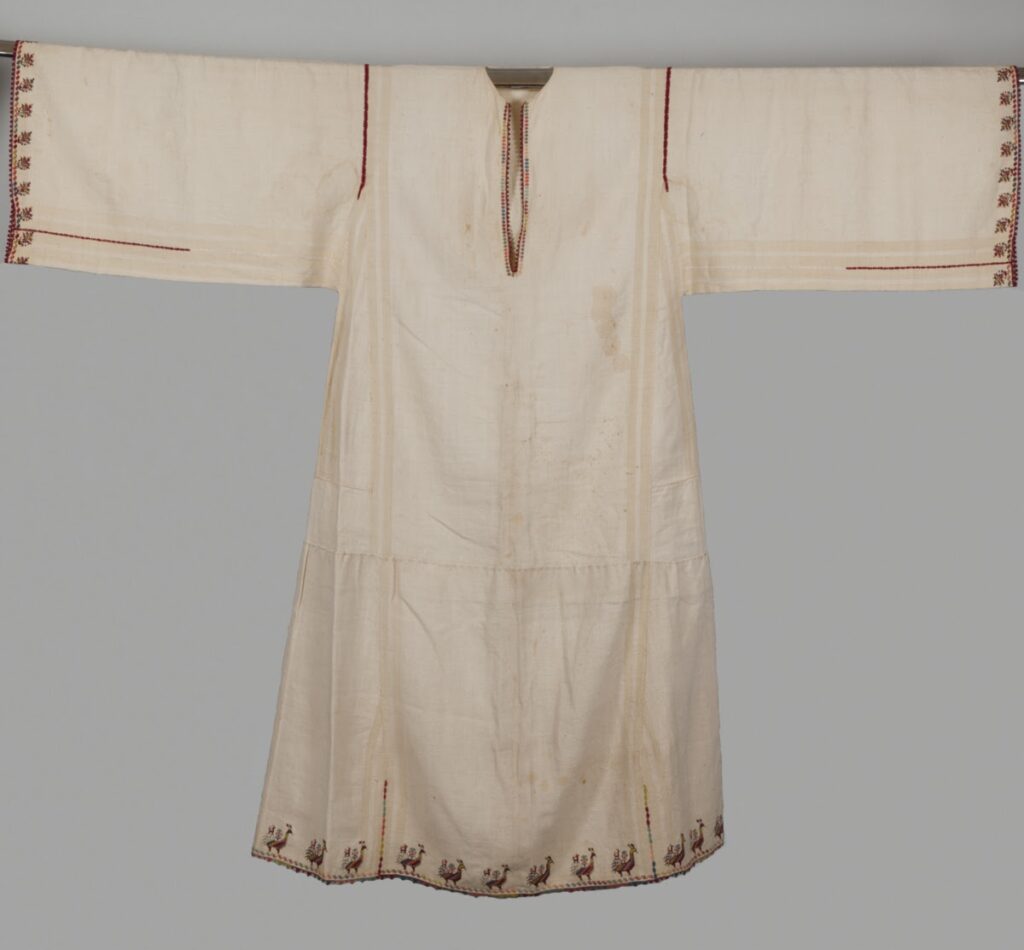Greece, situated in southeastern Europe, boasts the longest coastline in the region and is positioned along the southern edges of the Aegean Sea, Ionian Sea, and the Mediterranean Sea. Covering an approximate land area of 131,957 kilometers (about the area of Alabama), the country shares its borders with Albania, Bulgaria, North Macedonia, and Turkey. Greece features about 6,000 islands and islets, however, only 227 of them are habitable. Nevertheless, Greece holds a strategic location, dominating the Aegean Sea and controlling the southern approach to the Turkish Straits (The World Factbook, 2023). The country’s terrain is divided into three main regions: the mainland, the islands, and the peninsula located to the south of the mainland. Greece’s diverse coastline comprises extensive beaches, sheltered bays, sand dunes, pebble shores, wetlands, deltas, caves carved by seawater, and volcanic dark sand areas (visit Greece, 2023). The landscape is known for its rugged mountains and forests, in addition to its numerous islands. The capital of Greece is Athens, which many consider to be the birthplace of Western civilization.
Historically, Greece’s distinctive geography, characterized by mountains, often acted as natural dividers among communities, influencing migrations and fostering self-sufficiency. With only 170 inhabitable islands, most of the islands are in the Aegean Sea. The four biggest islands in Greece are Crete, Evia, Lesbos, and Rhodes; Crete the most popular island in the region, is the largest in Greece and fifth largest island in the Mediterranean Sea (Fuchs, 2023). Greece is rich in limestones ideally for caves and canyons, forests, rivers, and valleys. Greece’s plant life and animal life benefit from the influence of several significant biogeographic zones, with Mediterranean and Western Asian elements prevailing and supplemented by species from the central European interior (Climate of Greece 2023). Home to one of the largest mountains, Mount Olympus, Greece is highly diverse in geographical features.

Figure 2: Map of Greece



